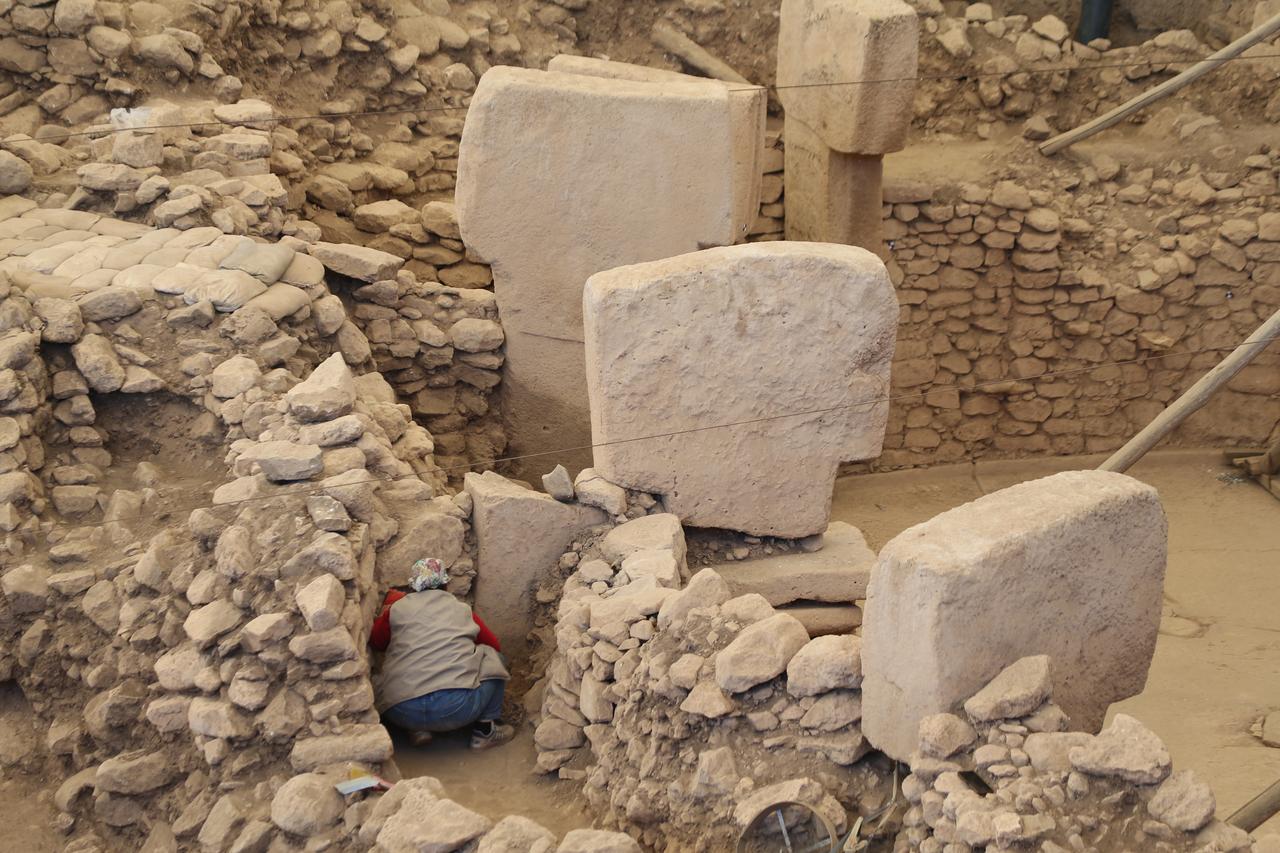
Archaeologists at Türkiye’s world-famous Neolithic site Gobeklitepe have discovered traces of rectangular-planned structures believed to have served as dwellings, expanding the understanding of daily life at the “world’s oldest cult center.”
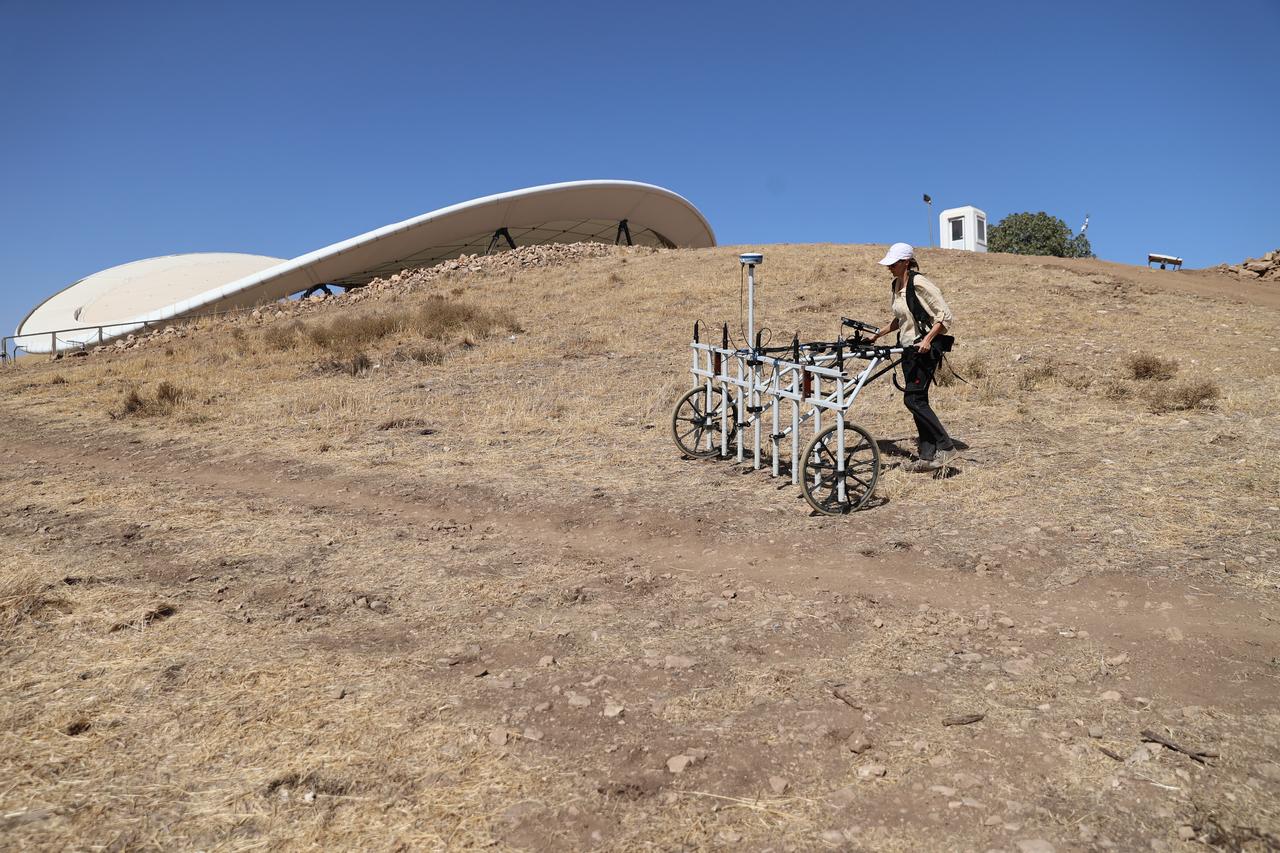
The discovery came from subsurface research conducted under the Ministry of Culture and Tourism’s Heritage for the Future and Stone Mounds (Tas Tepeler) projects. The work, coordinated by Istanbul University with participation from the German Archaeological Institute and Berlin’s Freie Universitat, involved geomagnetic, ground-penetrating radar, and lidar scanning to map buried architecture.
These surveys revealed not only the well-known circular monumental enclosures—ritual spaces built of T-shaped limestone pillars—but also rectangular formations interpreted as domestic buildings. Archaeologists believe these could mark the earliest traces of settled life at the site.
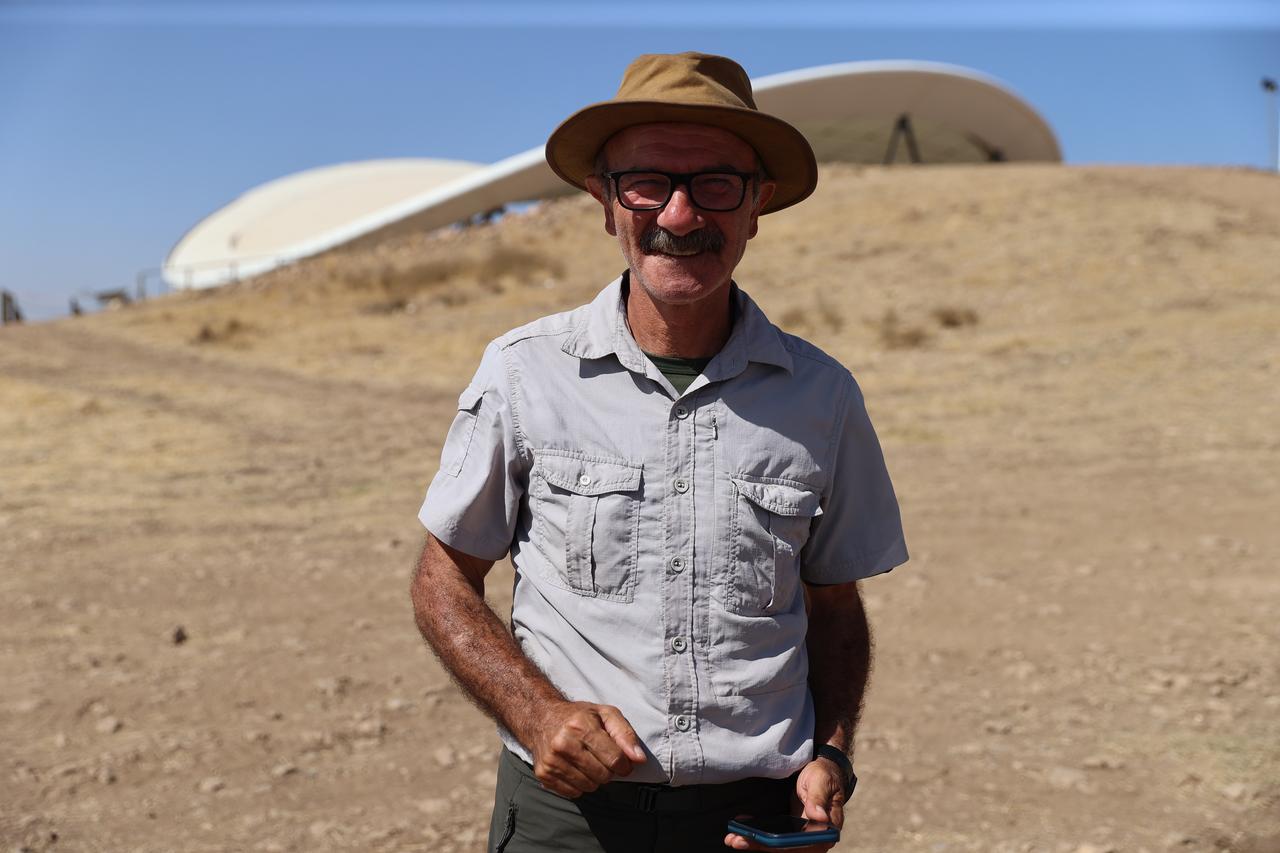
Excavation director Professor Necmi Karul said the team has entered a new phase emphasizing documentation of untouched areas. “We have identified not only large monumental buildings like those already known from Gobeklitepe but also rectangular structures that could have served as dwellings,” he explained. The newly detected buildings are concentrated mainly on the eastern and southern slopes of the mound.
Karul added that the removal of olive trees earlier this year allowed researchers to perform full-scale measurements for the first time, helping define the site’s boundaries and prepare for future digs.
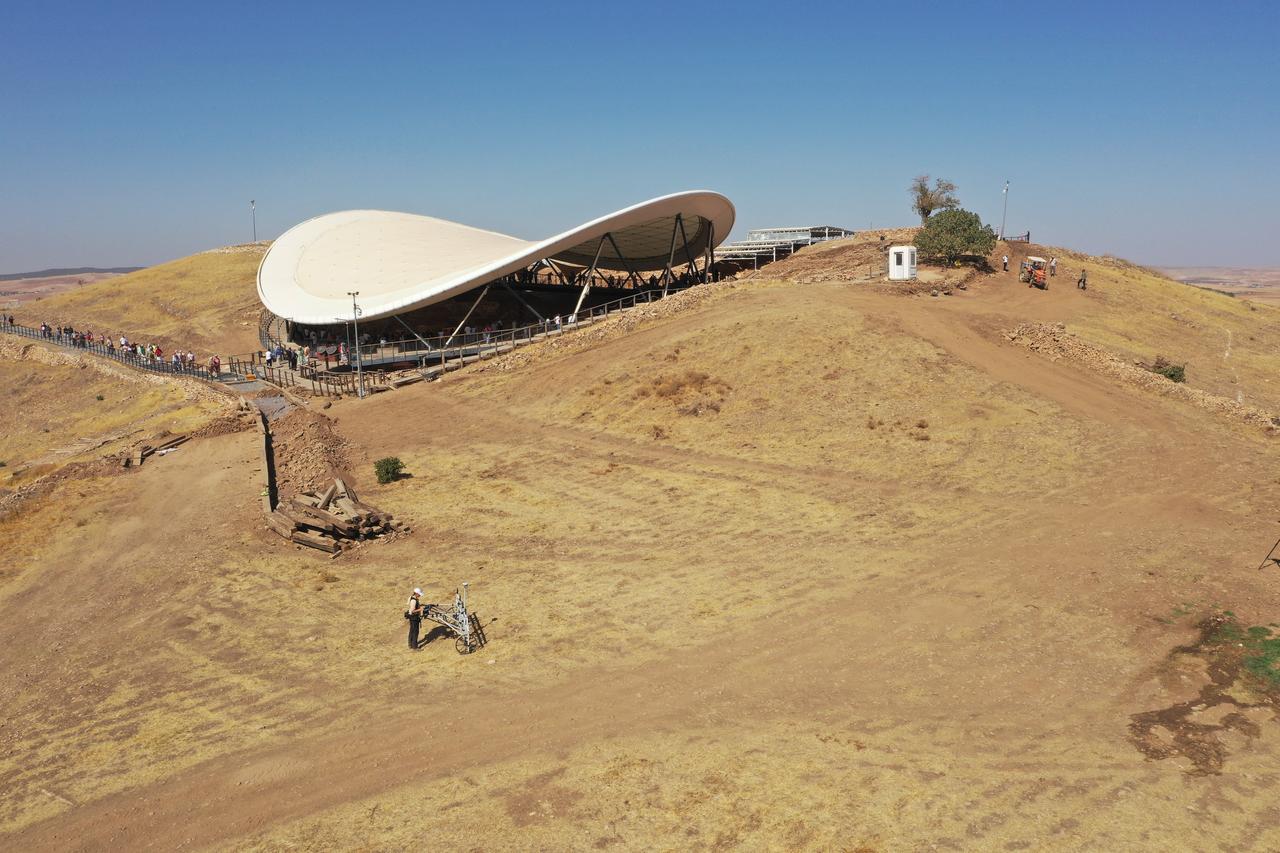
Geoarchaeological studies led by Professor Barbara Horejs, Director of the Austrian Archaeological Institute, provided the technical backbone for the discovery.
Using high-resolution scanning, her team mapped a large building and numerous smaller house-like structures. “The results are highly exciting,” Horejs noted, emphasizing that the project will continue next year to refine the data and guide excavation strategy.
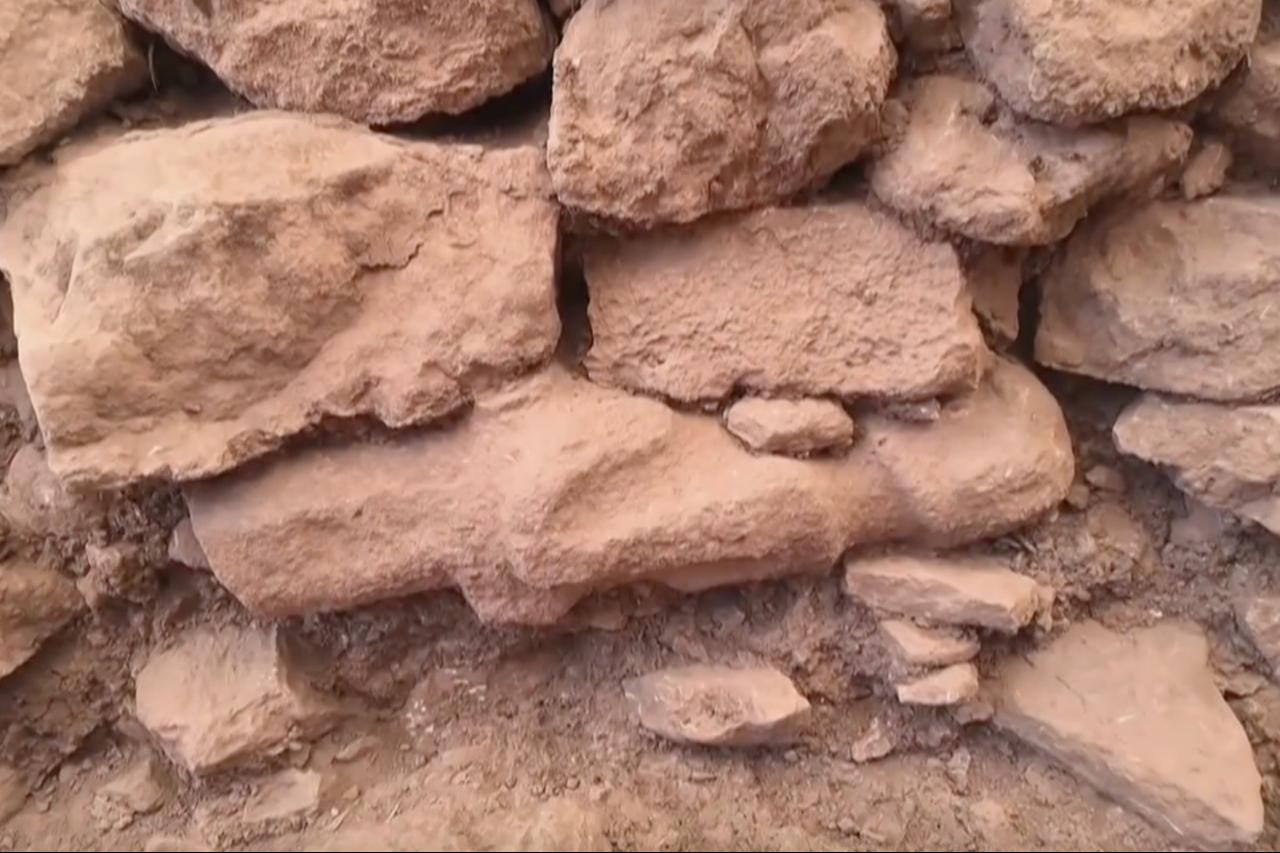
The 2025 excavation season at Gobeklitepe also brought to light a human statue with a clearly defined head and torso, unearthed between Enclosures B and D.
The find echoes the life-sized wild boar statue discovered two years ago, reinforcing the site’s reputation for unique sculptural art from 10,000 B.C.
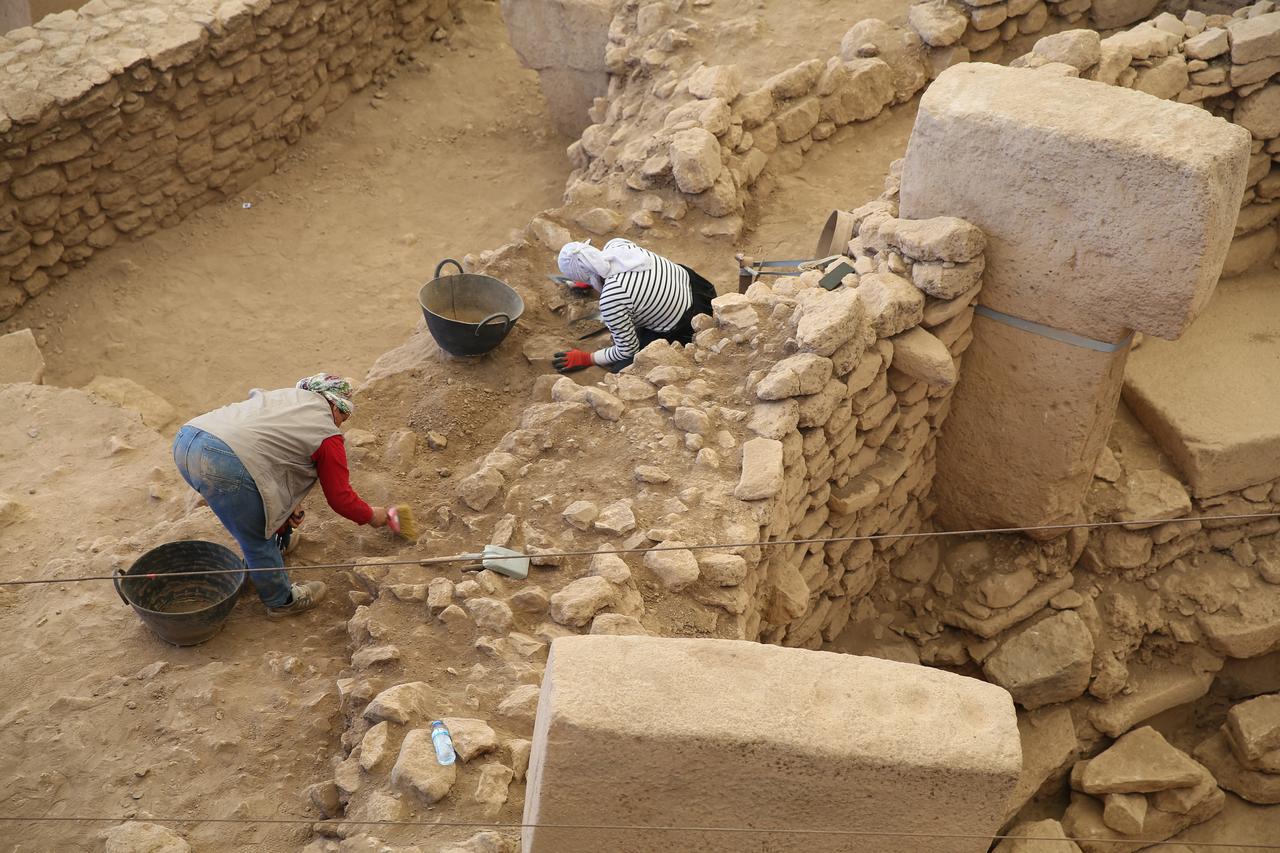
Meanwhile, conservation efforts centered on Enclosure C, one of the largest roofed areas housing Gobeklitepe’s iconic T-shaped pillars. Teams repaired and stabilized surrounding walls and re-erected several pillars to secure the structure against environmental wear.
According to Karul, this work forms part of a long-term strategy to preserve the exposed zones of the 12,000-year-old complex.
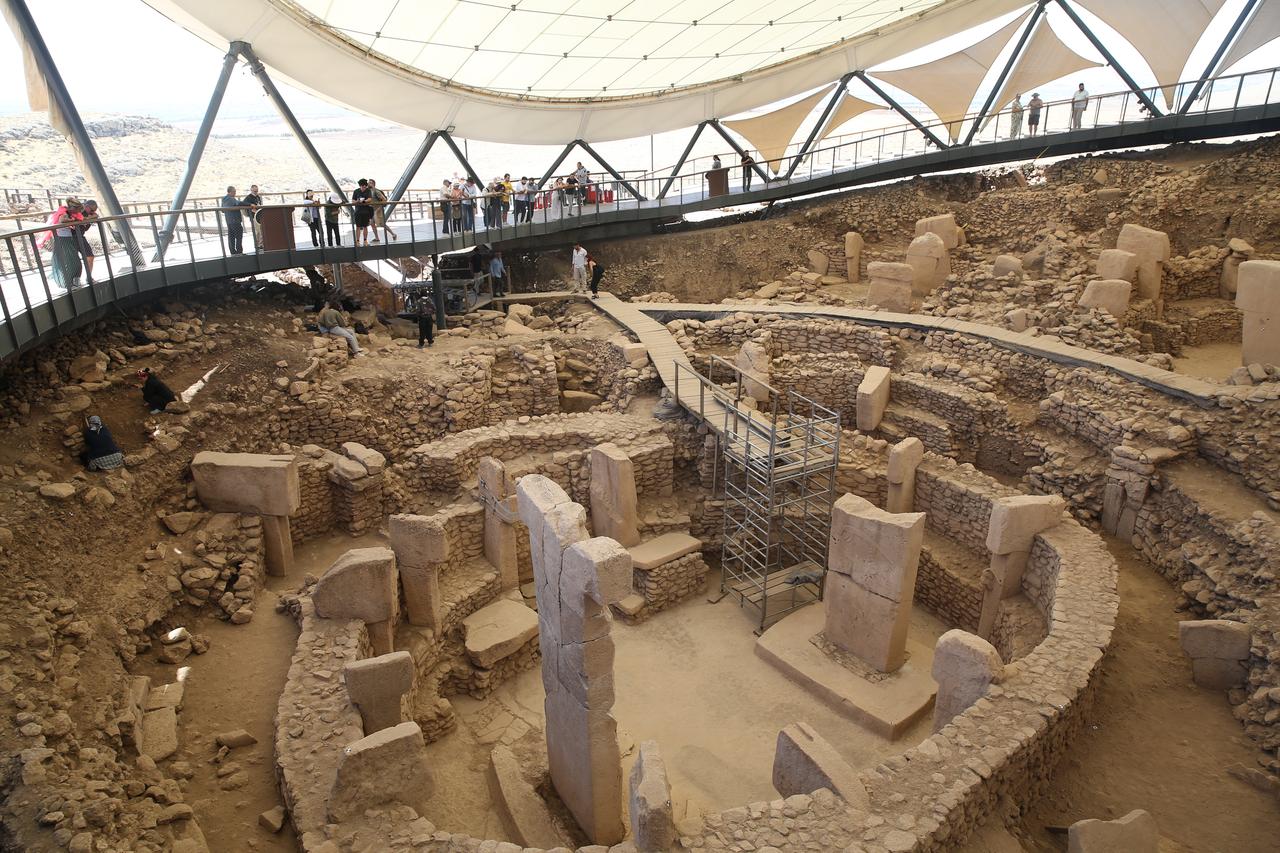
Gobeklitepe, located near Sanliurfa in southeastern Türkiye, was first identified in 1963 by a joint Istanbul-Chicago research team and added to UNESCO’s World Heritage List in 2018. Excavations continue under the Stone Mounds Project, which encompasses multiple Neolithic sites in the region, revealing how early human communities transitioned from nomadic life to permanent settlement and monumental construction.